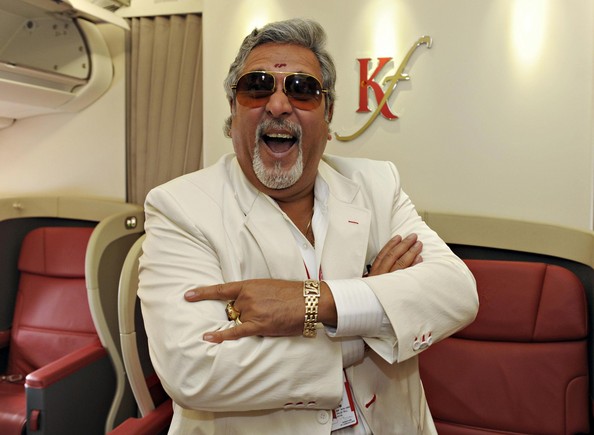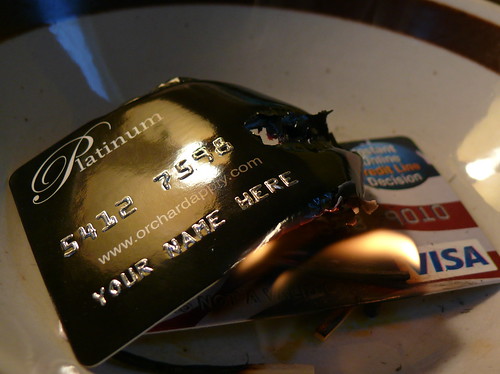It's one of those hot days in Gurgoan. At one of the many DLF buildings the employees of various multi nationals are about to take their daily break. The only difference is that they won't be headed towards their Office cafeteria instead they are going to go to the ground floor walk out of their building and go to the local and only chaiwala* in the vicinity.
Why you would ask?
For the simple reason that this local chaiwala who is catering to the big and small and is providing good clean tea is going to provide it for barely 20 rupees. Operating in what someone would barely call space. This chaiwala is making money to the tune of 25 to 30 thousand in a single day.
How you would ask?
It's pretty simple. The office cafeteria's offer anything for around 50 to 100 bucks. Food is even more expensive. The chaiwala is offering the same thing with the same amount of hygiene and probably a better taste for 20 bucks. Which is half the price. Now he doesn't simply sell tea. This guy retails maggi and he retails it for 50 bucks a plate. Profits anyone? The menu items vary from the big to the small. Sandwiches going for 50 to 80 bucks and cold coffee costing anywhere between 45 to 60 bucks.
So why exactly would anyone go there?
Again people tired with their office like to chill out. So they walk down to the ground floor get some fresh air smoke a cigarette or two. Chat with the people around. Have a little walk and are all good and ready to go. Their mental state is much better and they feel they have saved onto a lot of money.
So what's the point of all of this?
It's like this. This dude {He doesn't wish to be named the chai wala} was basically at the right time and at the right place. His overheads are minimal as he doesn't need to pay rent. He pays roughly 10000 a month to the cops which is meagre compared to what he makes. People from nearby buildings don't mind visiting him.
The basic idea is that he was at the right place and at the right time. So basically when an opportunity presents itself you need to be able to take that leap at the right point of time. In the greater scheme of things maybe you are that dude/dudette who is missing from that big jigsaw puzzle!!
*chaiwala = tea seller
- Doodle
Why you would ask?
For the simple reason that this local chaiwala who is catering to the big and small and is providing good clean tea is going to provide it for barely 20 rupees. Operating in what someone would barely call space. This chaiwala is making money to the tune of 25 to 30 thousand in a single day.
How you would ask?
It's pretty simple. The office cafeteria's offer anything for around 50 to 100 bucks. Food is even more expensive. The chaiwala is offering the same thing with the same amount of hygiene and probably a better taste for 20 bucks. Which is half the price. Now he doesn't simply sell tea. This guy retails maggi and he retails it for 50 bucks a plate. Profits anyone? The menu items vary from the big to the small. Sandwiches going for 50 to 80 bucks and cold coffee costing anywhere between 45 to 60 bucks.
So why exactly would anyone go there?
Again people tired with their office like to chill out. So they walk down to the ground floor get some fresh air smoke a cigarette or two. Chat with the people around. Have a little walk and are all good and ready to go. Their mental state is much better and they feel they have saved onto a lot of money.
So what's the point of all of this?
It's like this. This dude {He doesn't wish to be named the chai wala} was basically at the right time and at the right place. His overheads are minimal as he doesn't need to pay rent. He pays roughly 10000 a month to the cops which is meagre compared to what he makes. People from nearby buildings don't mind visiting him.
The basic idea is that he was at the right place and at the right time. So basically when an opportunity presents itself you need to be able to take that leap at the right point of time. In the greater scheme of things maybe you are that dude/dudette who is missing from that big jigsaw puzzle!!
*chaiwala = tea seller
- Doodle











